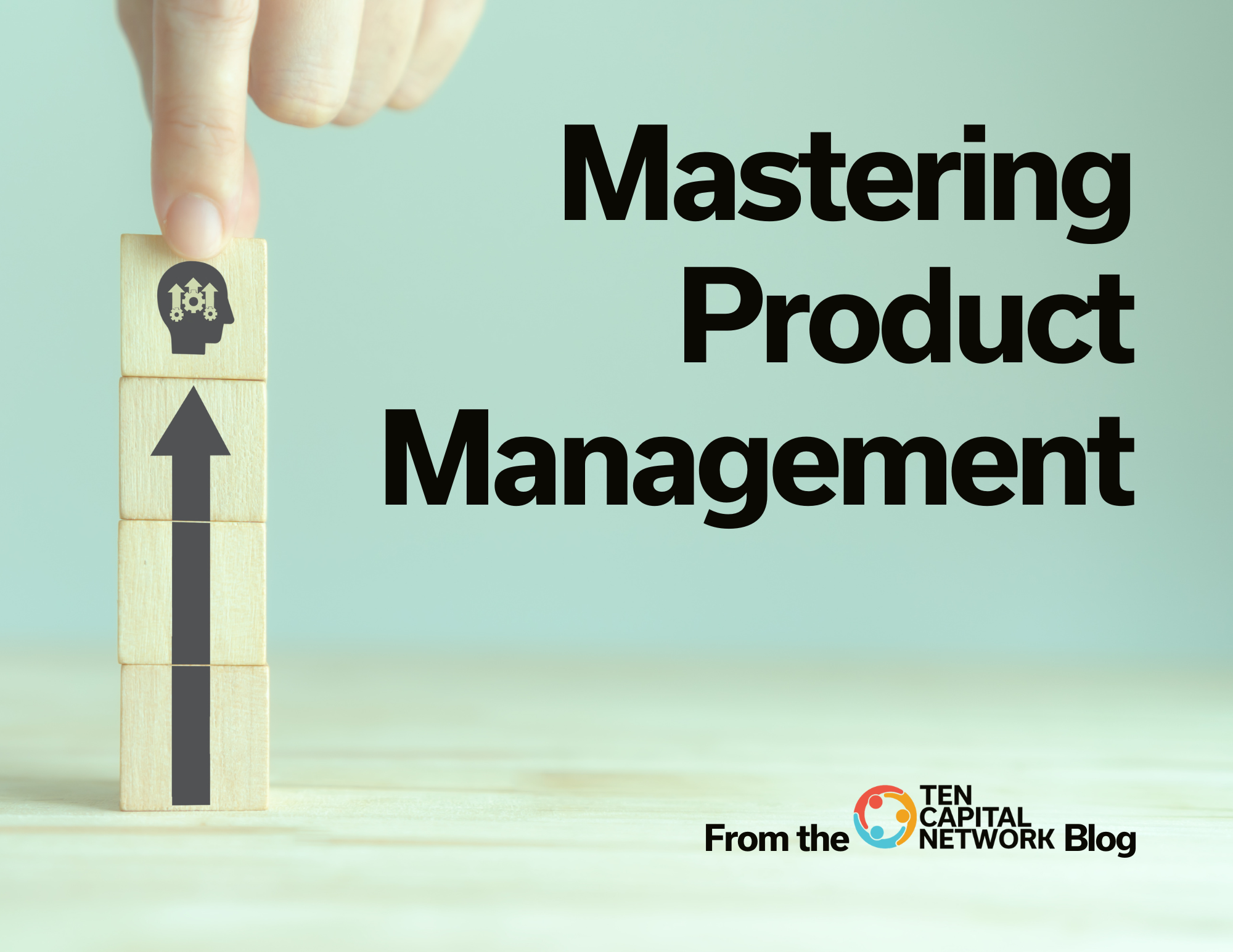2 min read As an investor, there are several metrics to keep in mind while evaluating and managing your startup investments. Today, we are going to talk about four key metrics: redemption facilitation, 3X in 3 terms, IRR, and ROI. Continue reading to learn what these metrics are used for and how to put them into action for your investment portfolio.
Redemption Facilitation:
In an early-exit term sheet, it’s important to have a redemption facilitation process. This includes the steps for setting up the bank accounts, capturing the investor’s interest, providing payouts, and investor updates. The process also tracks escrow of repayment funds and later revenue share payments to complete the redemption process.
For the redemption exercise, here is the timeline and steps:
180 days from Note maturity:
- Capture the current version of the cap table and financials, including the current income statement and balance sheet.
- Send a notice to the investors to consider their decision to redeem.
90 days from Note maturity:
- Confirm the investors’ decision to redeem.
- Prepare payment options for the company to consider.
60 days from Note maturity date:
- Send notice to the investors of impending maturity and confirm their decision on redemption.
30 days from Note maturity date:
- Update investors with status on a regular basis.
- Send notice of redemption to the company and ask for payment due in one week.
23 days from Note maturity date:
- If payment is not received, then a payment plan will be due in one week by the company.
16 days from Note maturity date if no payment plan is provided:
- Set up a follow-up meeting with the company to discuss options.
Upon maturity of the Note or in the event of a Corporate Transaction payment:
- Create a promissory note of the debt due.
- Elect a board of directors with investors having majority control.
3X in 3 Terms
I analyzed the results of several angel networks and found that 65% of the investments after three years were still in business but were no longer on the venture track. In most cases, they were growing businesses but we’re not going to be bought out for a significant return to the investor as the market conditions had changed, the competition had taken over, or the founder was no longer interested in keeping pace to achieve a venture exit.
The best-case scenario was the entrepreneur would sell the business for 2-3X after 10 years, in which case the investor would get a minimal return on investment. In my investing experience, three years into the investment, it becomes clear if the company will continue on the venture path or not. I often saw the entrepreneur signal their departure from the venture path by taking above-market rate salaries. I called this taking the ‘payroll exit’, in which case they no longer needed an ‘equity exit’.
This left the investor stranded on the equity plan with no way out. I set up a deal structure that would allow the investor to go on the payroll exit in the event the startup chose that path. In this structure, the investor receives three times their investment three years from the date of investment. Therefore, $100K in yields $300K out.
If the company continues on the equity exit, then the investor may choose to stay in the investment.
ROI
ROI is the return on investment without respect to time. If I invest $100K and 5 years later I receive a return of $300,000 then my ROI is 3X as I’ve tripled my initial investment. Since ROI doesn’t reflect time passed, if I receive my return 10 years later my ROI is still 3X. As you’ll see in the next section, this is where ROI and IRR differ from one another.
IRR
IRR is the internal rate of return which is the return on investment with respect to time. It’s easiest to calculate IRR using an excel spreadsheet. Follow the steps below:
- Open up a column
- Set each row as one year
- Put the amount invested in year 1 (use a minus sign for this input)
- The amount returned in the appropriate year (use a positive sign for this input)
- Put a zero in each unfilled row
- Apply the IRR formula from Excel to make the calculation
To understand your investment results better, you’ll find IRR is often a better metric than ROI as it considers the time factor.
Read more TEN Capital eduction: https://www.startupfundingespresso.com/education/

Hall T. Martin is the founder and CEO of the TEN Capital Network. TEN Capital has been connecting startups with investors for over ten years. You can connect with Hall about fundraising, business growth, and emerging technologies via LinkedIn or email: hallmartin@tencapital.group





